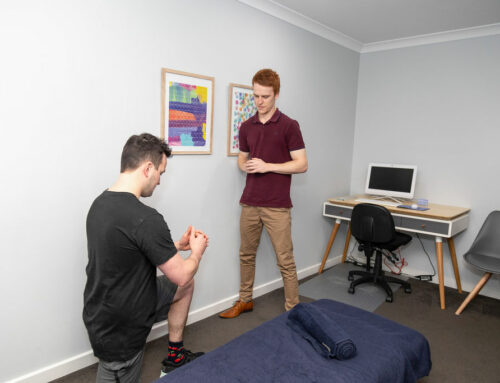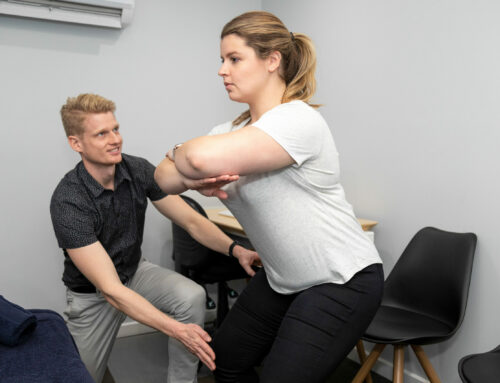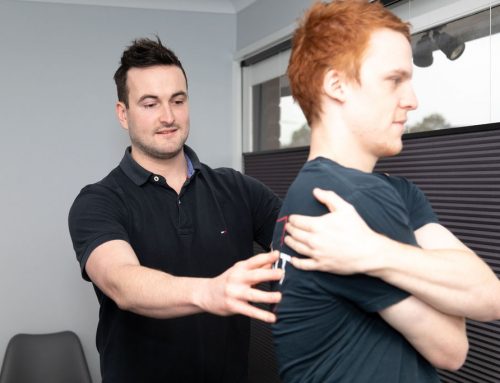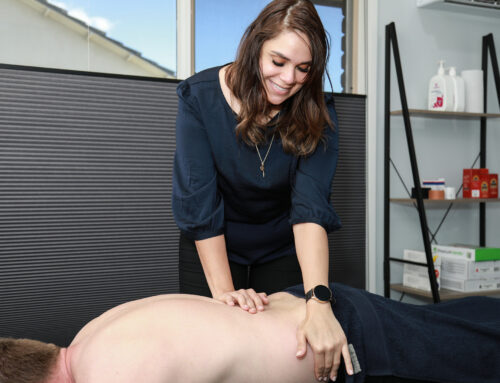Patello femoral pain syndrome – also known as Runners knee/ or Jumpers knee – is a very common knee problem for active & inactive people alike contributing to 25-40% of all knee complaints seen in health clinics.
Patello-femoral pain is associated with pain at the front of the knee and is usually is felt when performing activities such as squatting, rising from a chair and walking up and down stairs. Sudden increase in activity such as a return to football/netball training can also aggravate this condition. Minor contributing factors may arise from changes in footwear, playing surfaces or incorrect training techniques.
The cause of this ubiquitous problem is often a muscle imbalance between the different sections of the quadriceps muscles which form the thigh. The thigh muscles usually responsible for this are vastus lateralis (VL), the muscle on the outside of the thigh, and vastus medialis oblique (VMO) on the inside of the thigh. The VL pulls your patella upwards and out and the VMO pulls your patella in and slightly upwards. If out of balance, the kneecap is dragged outwards generally as VMO is most commonly weaker and struggles to balance with the usually tight VL and iliotibial band (ITB). The kneecap then glides incorrectly and over time gives pain.
Your hip muscles can also contribute to this condition. Poor firing or weak hip muscles can cause altered biomechanics down at the knee further complicating the imbalance. This is why we as Osteopaths will address just not the knee but further up into the hip and also down at the foot and ankle as well.
Current research suggests that patello-femoral pain syndrome responds extremely well to treatment involving manual therapy, education and exercise rehabilitation which we as Osteopaths can provide. If left untreated however, symptoms can linger for many years resulting in decreased performance when participating in sport or hobbies.
Some simple at home tips you can do to assist your recovery is foam rolling your lower limb including the hamstrings,quadriceps and gluteals for 2-3 mins daily to release tension off the knee itself.
If you’re having trouble with your knees, please book in for a consultation so we can get you back moving better today and for the future! To book online click here or call the clinic for an appointment on 5941-4157.
Thanks for reading!
Jack Troake
References:
Crossley KM, van Middelkoop M, Callaghan MJ, et al
2016 Patellofemoral pain consensus statement from the 4th International Patellofemoral Pain Research Retreat, Manchester. Part 2: recommended physical interventions (exercise, taping, bracing, foot orthoses and combined interventions)
Br J Sports MedPublished Online First: 31 May 2016. doi: 10.1136/bjsports-2016-096268




